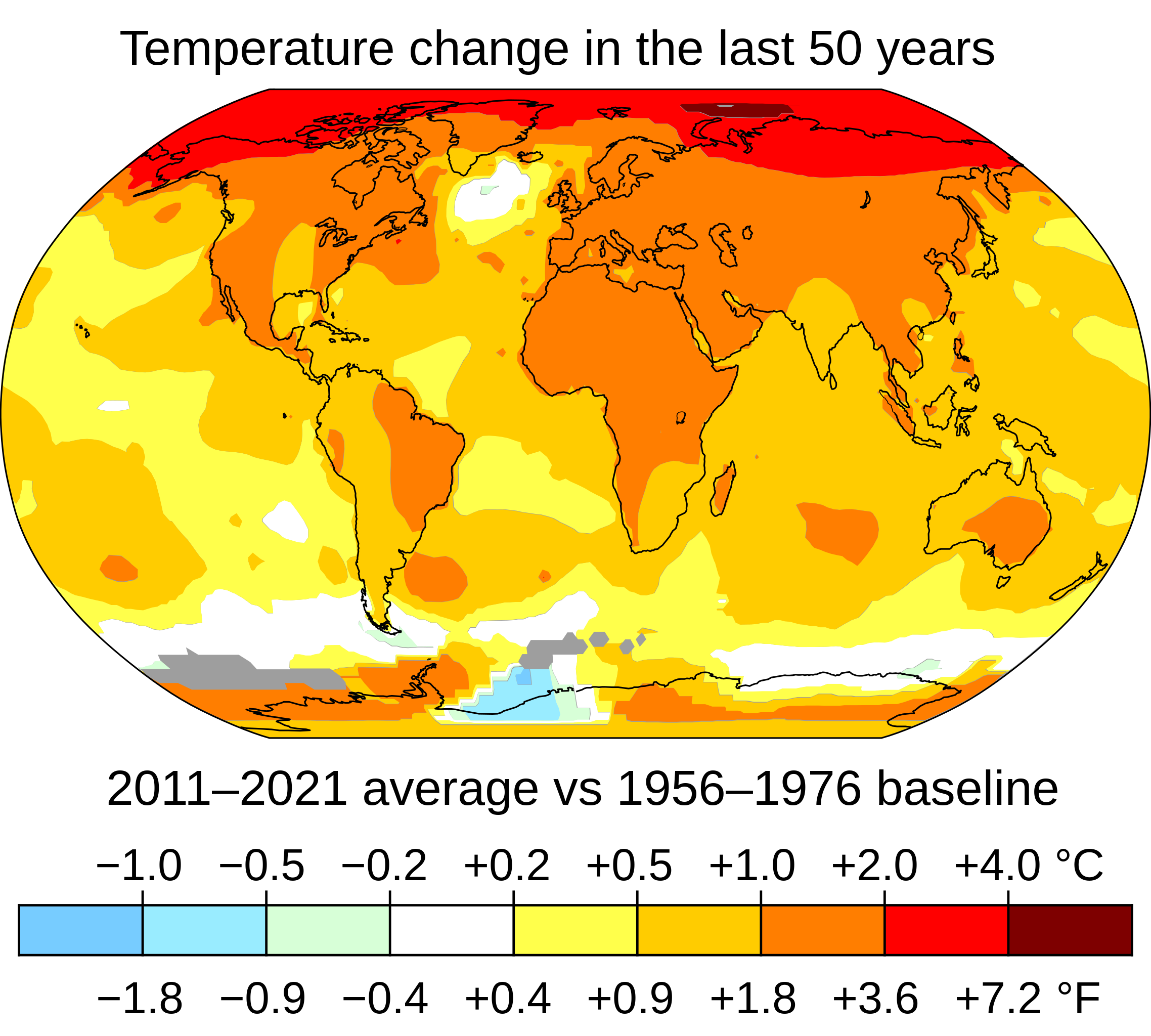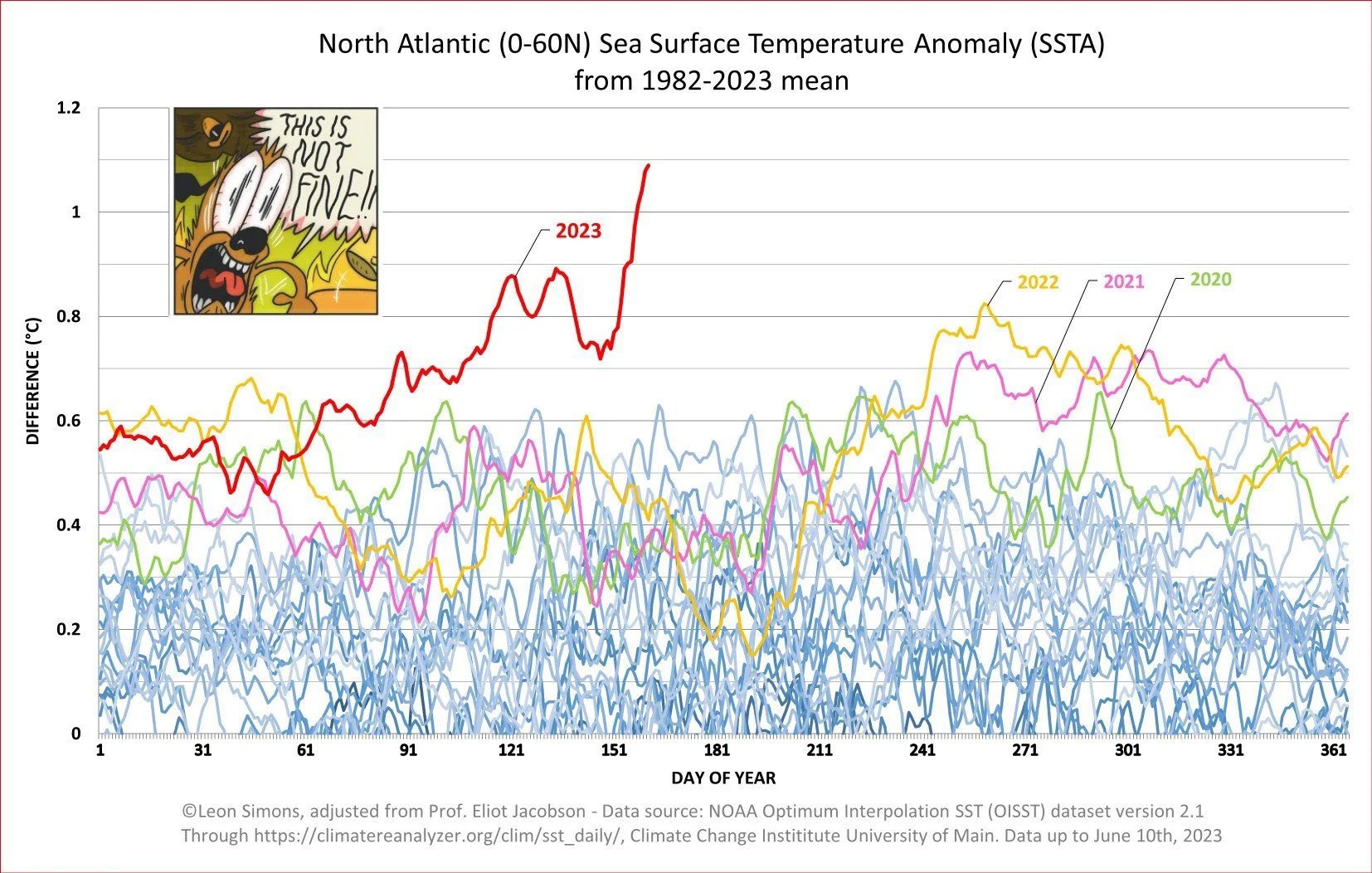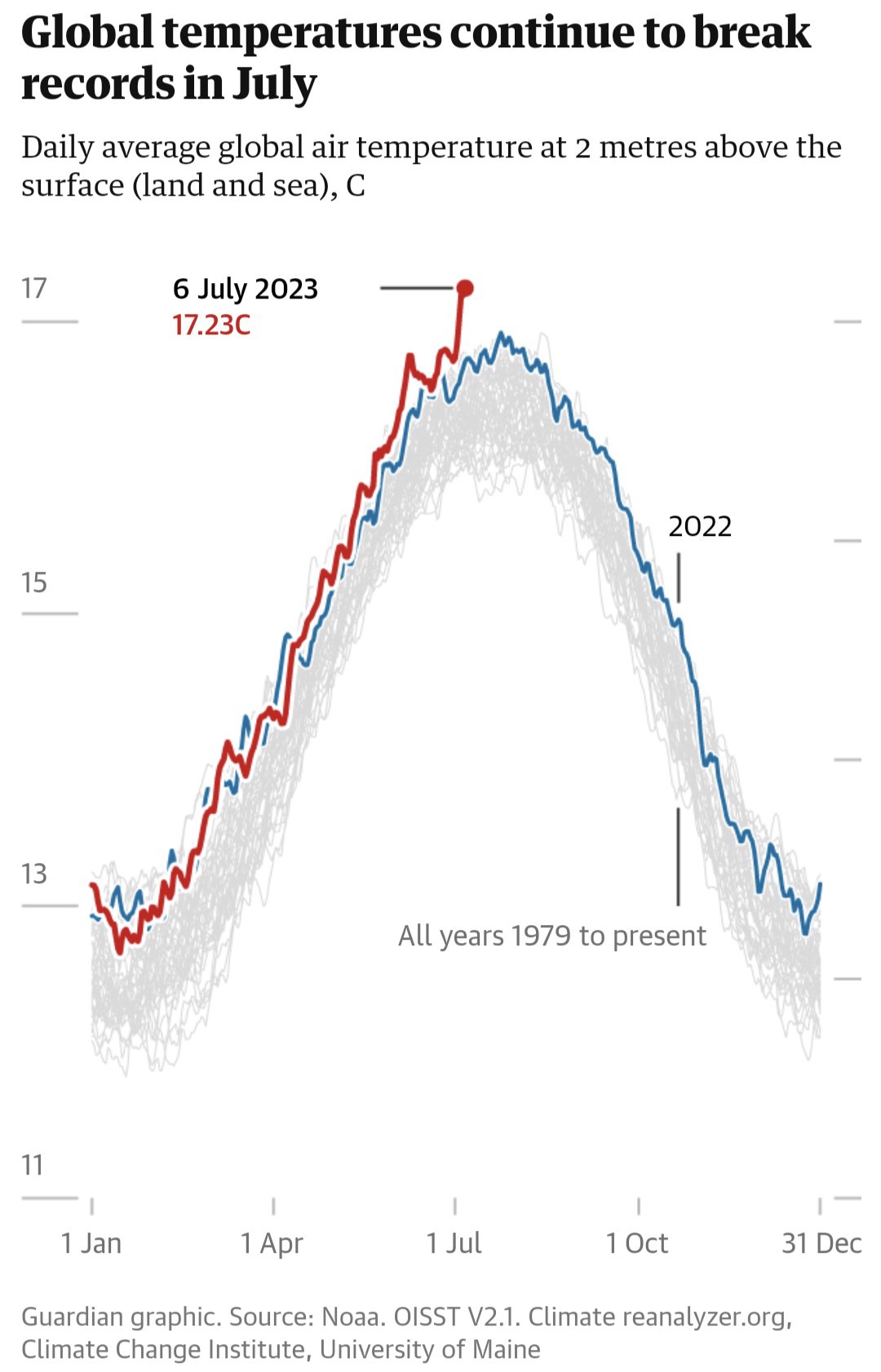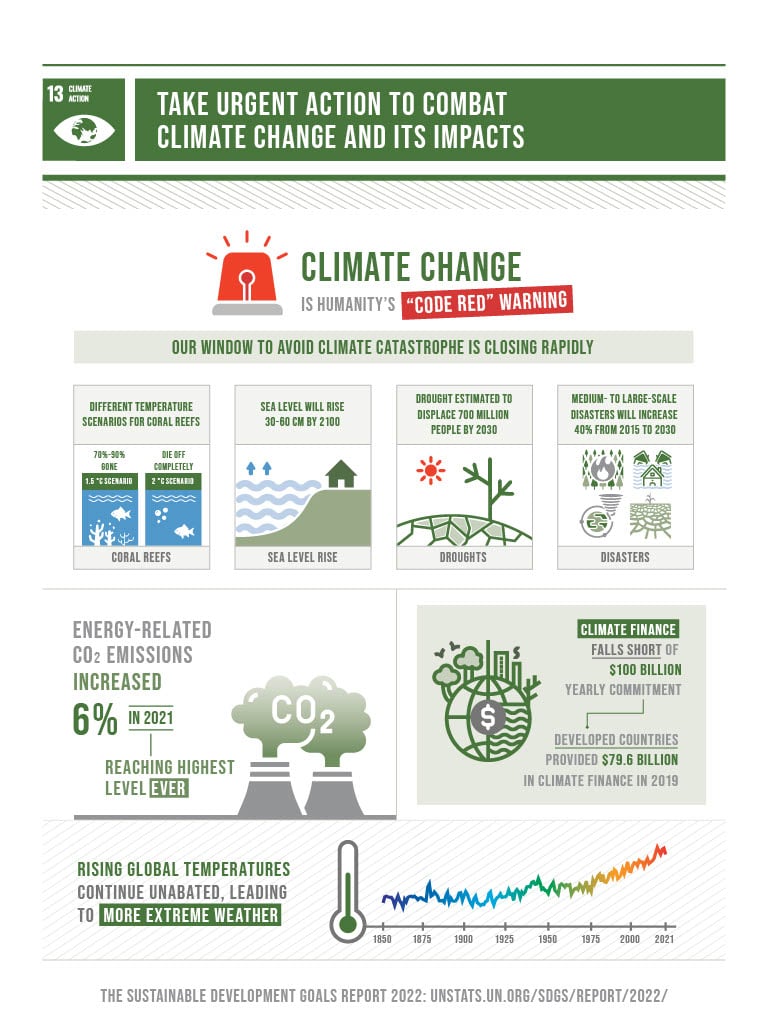Climate Apocalypse Avoidance
144 readers
13 users here now
The Goal
The focus of this community is to help us better understand how we are affecting our world and what we can do to change the path we are on.
There's a lot of doom and gloom associated with climate activism these days and that's probably warranted. But let's be the positive change and use the power of this platform to spread awareness and learn about how we can avoid a climate apocalypse.
What's Happening

What You Can Do Right Now to Help
I found this great app that helps you track your CO2 emissions and teaches you how you can offset them: Aworld app
Rules Same as lemmy.world
founded 2 years ago
MODERATORS
1
2
3
4
5
6
7
8
9
10
11
12
13






